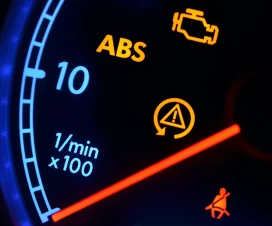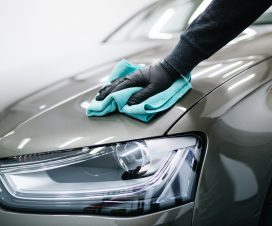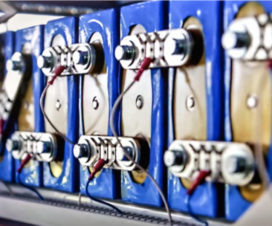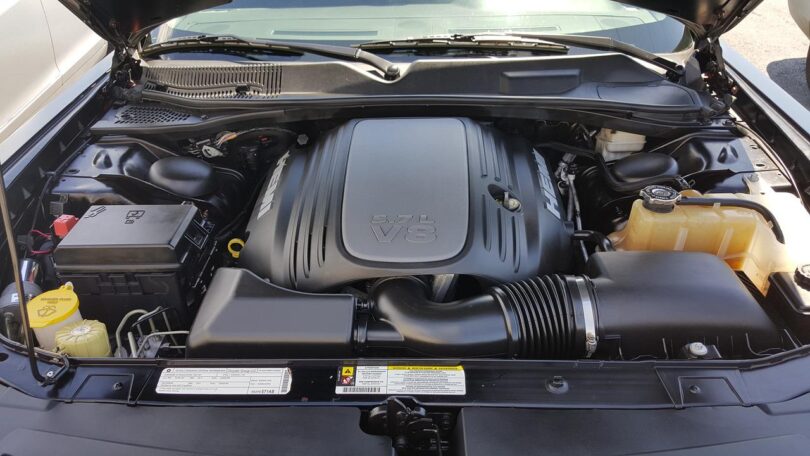 |
When buying a used car, there’s a long list of standard practices such as ensuring the title is clean, getting a background check, taking it for a test drive or looking for mechanical or physical signs of damage. The following are the most overlooked components that could mean looming expenses when you cannot notice and address issues immediately.
Hidden body damage

Source: unsplash.com
Check if the doors close properly and if the lines are correct. Next, look down the edge of the car for any big, wavy dents because these indicate potential collision damage that can be deeper than just cosmetic. If you find that the vehicle has a frame or internal damage, it could be extremely expensive. Next, look at whether the paint is in one color or if someone has tried to hide an accident by doing a little garage paint job. One trick you can do is pop the gas cap and check the color inside the cap’s door. It should be the same as the rest of the car because sometimes people repaint the car but miss the gas cap inside.
Inner tire wear
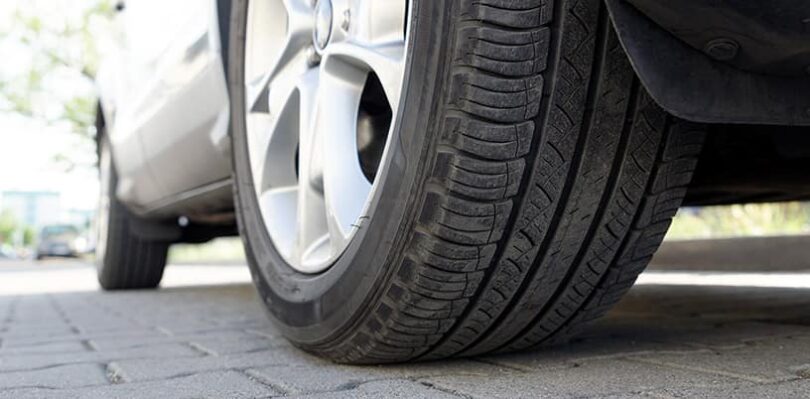
Source: garberbuick.com
Knowing how long before you need to replace the tires is essential because tires are pretty expensive. Besides the tread wear, look at the inner tire wear or the inside edge, which is hard to see from the outside. Turn the wheel to the right or left to inspect the inside edge. Even if the tread looks good on the middle, if it is wearing badly on the inside, it means you need to replace the tire sooner and get the vehicle aligned.
Under the hood
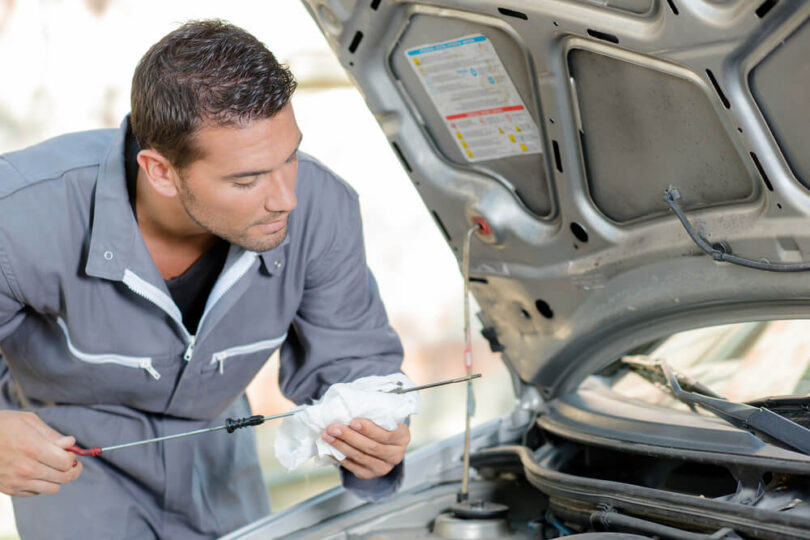
Source: driving-tests.org
The three most important things to check are the transmission fluid, the oil, and the coolant.
- Coolant. Look for the high-pressure cap with a significant danger warning sign. Then, when it’s not hot, open it to ensure the car is full of coolant and not water. Danger signs are oily residue or skunk floating in the coolant. The coolant should also be rusty as it indicates using water in the system.
- Oil. Ensure that the car has a good oil level because if there’s no oil in the dipstick, the vehicle has been running without the proper level of lubrication, and the engine life is being shortened. The color of the oil should be clear because if there is any white, it indicates that the coolant is getting through into the oil system, which is extremely bad for the engine. It usually means a head gasket leak. Look under the filler cap and see down on the engine for signs of water or really bad carbon buildup from harmful oil. Checking out your oil gives an indication of proper car maintenance and a potential head gasket problem, which could be very expensive.
- Transmission fluid. You have to check the transmission fluid with the car running. A few car models do not have any way to access the transmission fluid, but on most cars, you can find the transmission or the transaxle with the dipstick somewhere on top of it. Check the transmission fluid level first. Make sure that the car is heated up before you determine the level. If it’s extremely low, like if the fluid weren’t even on the dipstick, that would be really bad for the transmission because who knows how long it’s been running that way. Transmission is costly to replace, so this part of the inspection is crucial. The color should be clear red and not dark brown or black as it indicates dirty fluid that needs flushing. Flushing this out of the system requires a special machine, and transmission services are often expensive as well.
Instrument panel and dashboard lights
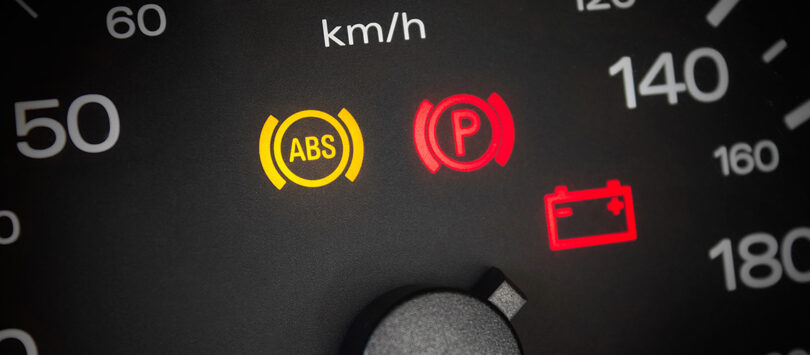
Source: mynrma.com.au
Be sure not to buy a used car with a disabled check engine light, so trust only reputable companies such as youngautomotive.com. Some cars have engine codes, but nothing shows up on the dash. Turn the key to the accessory position and see if the lights actually work. The airbag, check engine, and oil are the main ones that you want to have indicators that are actually working. When you start the car, they may disappear, but you want to ensure that the lights are functioning properly.
- Check engine light. Once you start the car, all those warning lights should disappear. If, for example, the check engine light is still on, you might have a problem. Don’t just take the previous owner’s word for the problem. Get the code red with your own code reader, or take the vehicle to an auto parts store offering free code reading. Find out the code, write it down, do some research, and see what’s going on.
An OBD2 code reader can help in such a situation. It hooks into a port that is usually under the steering wheel, under the plastic. Plug it in, and ensure that the car is either running or in the accessory position. It’s an excellent way to determine if there have been codes in the vehicle and if the owner cleared the codes before you arrived. In addition, you can find out the history of your code reader that will support that.
- Airbag. Another light to take very seriously on the dash is the airbag light. Just like the engine light, airbag system repairs can be very costly. The trick with the airbag light is that you can’t just scan that system with a normal scan tool. You have to have some advanced equipment. In some states, you cannot even register your car if that light is on as it will not pass safety inspections.
Conclusion
There’s a long list of things that you should be looking at when buying a used car. If you can look for and work on the mentioned trouble areas, you can avoid a lot of expensive surprise repairs. If a car is poorly maintained, you will inherit a problem that the previous owner might not want to work on anymore.


